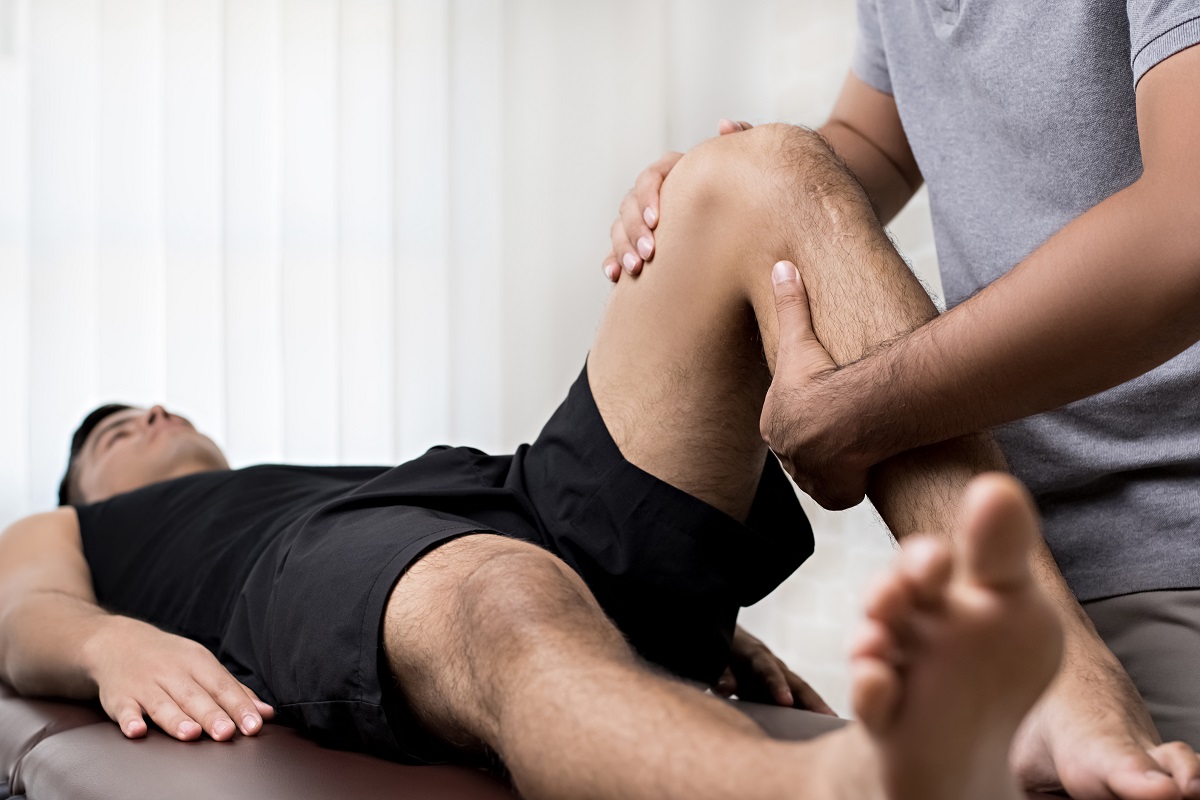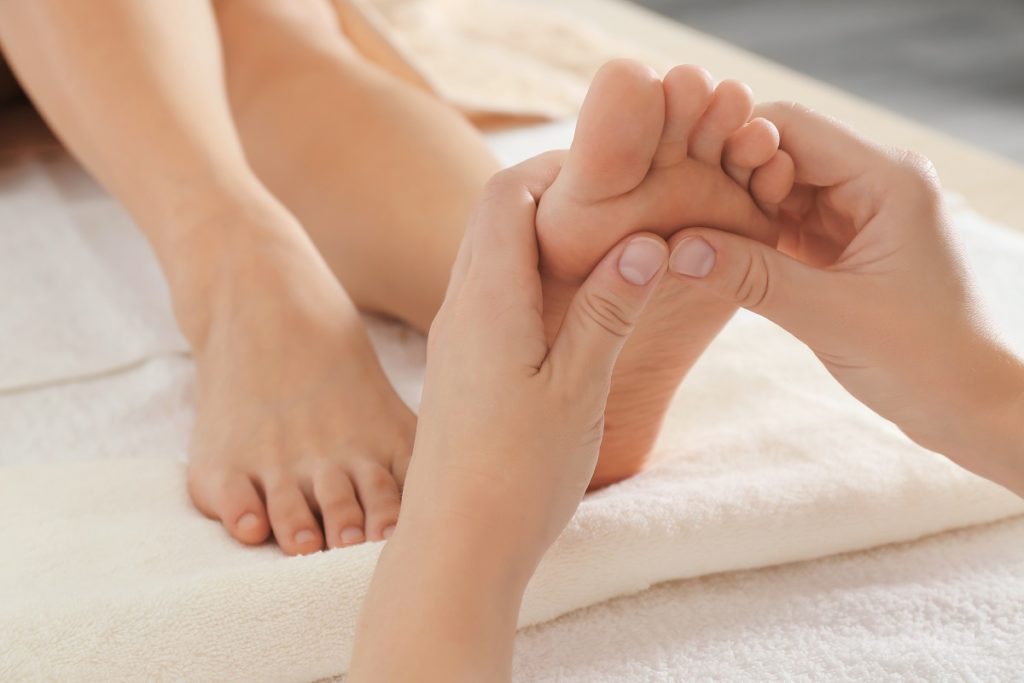Plantar fasciitis causes chronic pain in the bottom of your heel or sole. It affects your plantar fascia, the thick ligament connecting your heel to the ball of your foot. The plantar fascia acts as a shock absorber for your sole, helping you walk comfortably.
Someone who has plantar fasciitis experiences stabbing pain in their heel during their first steps in the morning. The pain normally decreases as they move around, but it comes back after long periods of standing or getting up after sitting for a while.
Runners, people struggling with obesity, and those with jobs that require standing for long periods commonly suffer from plantar fasciitis.
There are various treatment options for to ease the pain of plantar fasciitis and reduce the inflammation in your foot. These range from therapies and surgeries to medication and home remedies.
Physical Therapies
Physical therapy is critical to plantar fasciitis treatment. It helps stretch your Achilles tendons and plantar fascia. The exercises will strengthen your lower leg muscles to stabilise your walk and lessen the pressure on your plantar fascia.
Sometimes, the therapist suggests using athletic tape to support your heel and sole. They might also recommend splints to stretch your calf and arches of your foot while you sleep.
Extracorporeal shock wave therapy is an option if physical therapy doesn’t ease your plantar fasciitis. Sound waves will “shock” your plantar fascia to stimulate blood flow and promote healing within the area. Most case studies about using shock wave therapy to treat plantar fasciitis show promising results, although the results aren’t consistent.
Surgery
A foot specialist will only recommend surgery if the pain is severe or lasts almost non-stop for six months. In the operation will, the surgeon cuts a part of the plantar fascia to relieve swelling and reduce tension on the ligament.
The wound will take a long time to heal, affecting your activities and daily routine. Your heel pain might not completely disappear even after the surgery.
Medication and Home Remedies
Medication is enough for mild cases of plantar fasciitis. Pain relievers like naproxen sodium and ibuprofen can ease the pain and inflammation.
If the pain doesn’t respond to over-the-counter drugs, your podiatrist may recommend steroid injections. The steroid will be injected into the most painful part of your heel. This will alleviate the pain and swelling for a month or longer.
There are also small ways you can do at home to make your foot feel better. Follow these tips to prevent the inflammation and pain from worsening:
- Wear only quali
 ty shoes with thick, extra cushioning soles and a good arch support. These will significantly lessen the impact on your feet when you’re walking or standing.
ty shoes with thick, extra cushioning soles and a good arch support. These will significantly lessen the impact on your feet when you’re walking or standing.- Avoid high-impact activities that put a lot of stress on your feet, such as running and jumping. Switch to low-impact exercises that stretch your calves, ankles and arches of feet.
- Run a cloth-covered ice park over the inflamed area about 15 minutes three to four times a day to reduce the swelling.
Making several lifestyle changes will greatly help you deal with plantar fasciitis. Do you best to stay at a healthy weight to reduce the pressure on your feet. Make stretching a regular part of your daily routine to avoid overwhelming your heels and soles. Eat a balanced diet to give your body the nutrition it needs to stay healthy and strong. Check in regularly with your podiatrist to provide updates about your condition.

